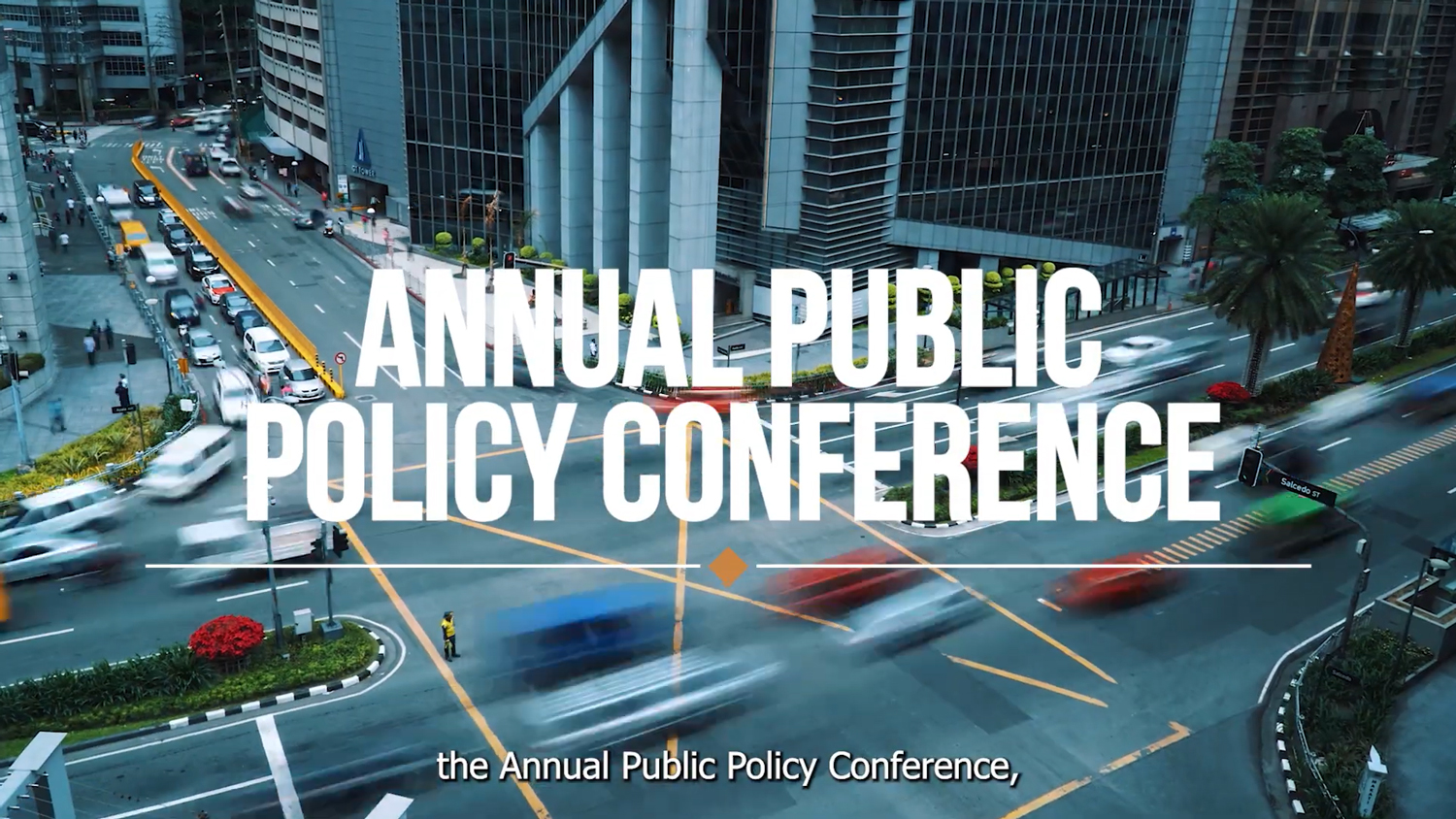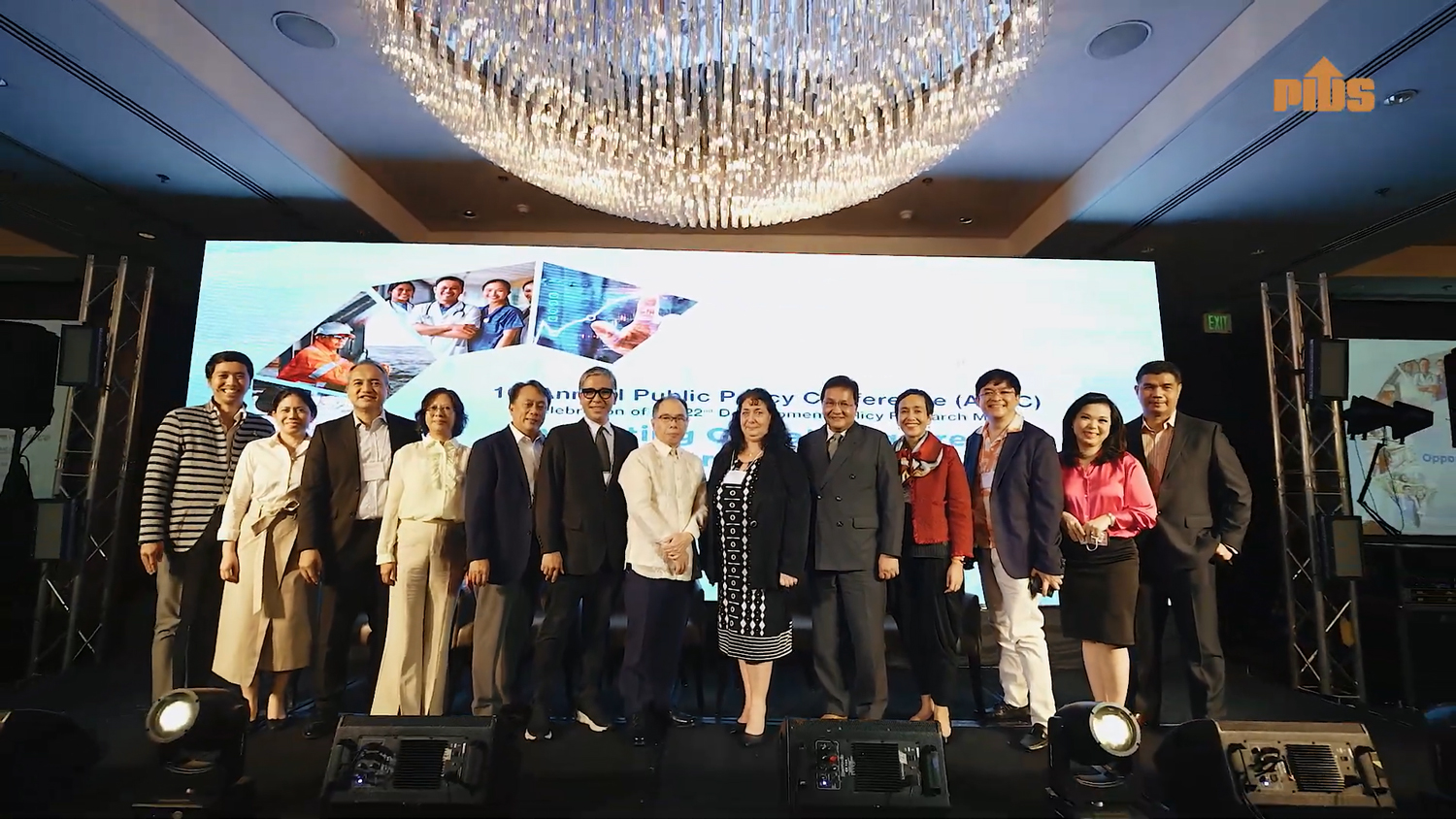Two public water and sanitation programs failed to meet targets after five years of implementation, according to an impact evaluation report released by the Philippine Institute for Development Studies (PIDS).
The paper, titled Results of the Process and Impact Evaluation for Selected Government Water Supply and Sanitation Programs, was authored by PIDS consultants Alma D. Porciuncula and Doreen Carla E. Erfe and Senior Research Fellow Adoracion M. Navarro.
The report said President’s Priority Program for Water Supply (P3W) and Sagana at Ligtas na Tubig Para sa Lahat (Salintubig) Program "barely progressed” and provided safe-water supply to only 8.7 percent and 14 percent of their target populations, respectively.
"The underachievement of targets may have been a result of weaknesses in the institutional framework, capacity and governance constraints as discussed above, but there were also fundamental gaps in the program implementation,” the authors said.
They said among the reasons for the underachievement of the two projects include the low grant resources extended for water supply.
The authors also said funds were also diverted to municipalities that are not considered "waterless,” placing further strain on program resources.
They said the 10-percent counterpart fund from local government units (LGUs) may not have been used for the programs.
The authors noted that there was no clear strategy and action plan for sanitation. The implementing partners of the P3W and Salintubig did not provide assistance to LGUs and monitor their sanitation initiatives.
"Despite the low achievement of the programs in terms of graduation targets, the grants nonetheless benefitted more than 3 million people,” the authors said.
"It is fair to assume that without the grant programs, these people would have been left unserved for an indefinite period, given the low propensity of the LGUs to invest in water-supply projects,” they added.
To cover more households, the authors recommended the continuation of the program, but they pushed for putting an emphasis on better resource allocation and criteria for prioritizing beneficiaries.
The authors also called for the identification of investment requirements of a validated list of beneficiaries and the setting of realistic targets, based on the grant resources that can be supported by the government.
The report said LGUs should be allowed to use the grant funds to leverage loan funds, other grants or private equity to put up a bigger system.
It also urged the design of a subprogram for sanitation via a sanitation road map.
From 2011 to 2016, only 39 municipalities have reportedly graduated from the P3W and 410 of the 449 target municipalities remained waterless.
Under the Salintubig, only a total of 62 of the 455 municipalities have reportedly graduated as of June 2015.//












